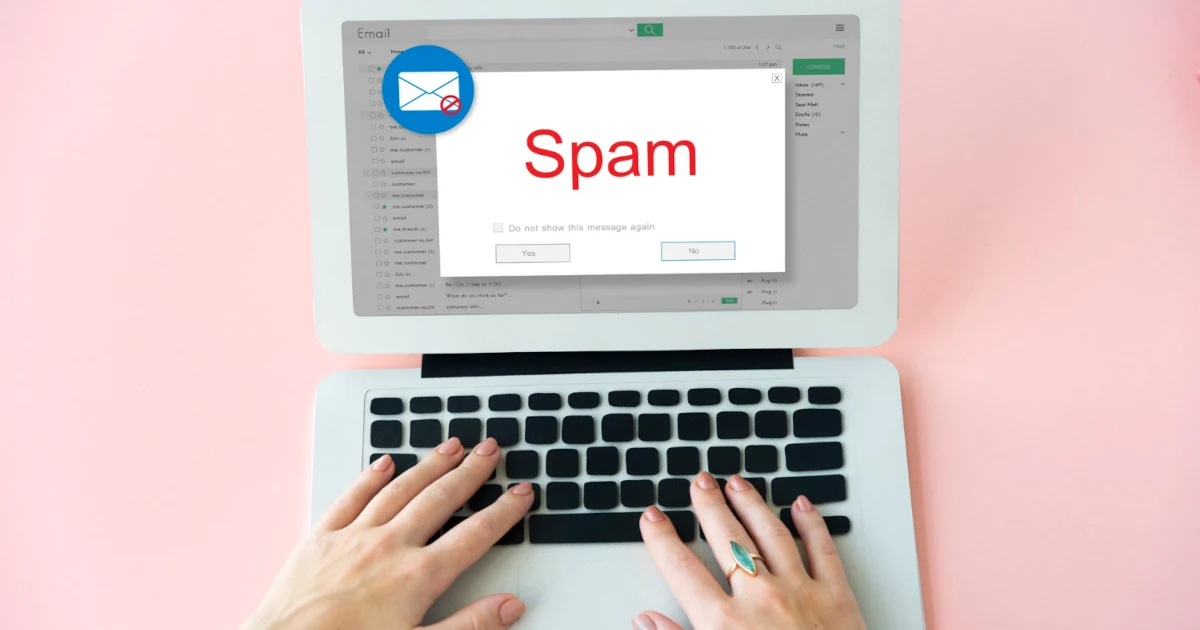(+30) 211 21 522 84
weboceangr [AT] gmail.com

8 reasons your emails end up on the spam list
There are several reasons why your emails might end up in the recipient's spam folder. Here are the most common reasons:
1. Use of Spam-Related Words or Phrases
- Certain words or phrases, such as "FREE," "Offer," "Win Now," etc., trigger spam filters as they are often used in malicious or unwanted emails.
- Avoid excessive punctuation (e.g., "!!!") or ALL CAPS, which may also be flagged as suspicious by filters.
2. Low Domain or IP Reputation
- If your email address is associated with a domain or IP address with a poor reputation due to previous spam sending (e.g., if your domain has been reported for sending unsolicited emails), your emails may end up in the spam folder.
- Email providers check the reputation of your domain and IP to determine if an email is legitimate or not.
3. Inaccurate or Incomplete Information in the Email
- Lack of a real sender name or failure to use an appropriate reply-to address can make your email appear suspicious.
- Additionally, if there is no valid physical address or if the CAN-SPAM regulations are ignored (e.g., lack of an unsubscribe option), spam filters may be triggered.
4. Sending Emails to Invalid or Non-Consensual Lists
- If you send emails to recipient lists without their explicit consent (opt-in), recipients may report your emails as spam, which reduces your reputation and increases the chances of ending up in spam.
- Also, sending bulk emails to unverified or old lists may include many inactive or non-existent addresses, negatively affecting the sender's reputation.
5. Poor Email Design or Code
- An email containing too many images relative to text, broken links, or poorly structured HTML code may be flagged as spam.
- Using too many links or sending emails solely with images and little text can also cause issues.
6. Low Engagement with Your Emails
- If your recipients rarely open your emails or engage with them, email providers may interpret this as a sign that your messages are unwanted, increasing the chances of being flagged as spam.
- Sending relevant and valuable content can help boost engagement rates.
7. Absence of SPF, DKIM, or DMARC Records
- These authentication records (SPF, DKIM, DMARC) help email providers verify that the email is coming from a trusted and authorized sender.
- If you haven’t set up these records on your server or domain, your emails may be considered suspicious.
8. Sending Emails Too Frequently
- Sending a large number of emails in a short period can be seen as spam by email providers, especially if recipients haven’t agreed to receive them.
- It's important to avoid over-sending and use sending strategies that don’t overwhelm your recipients.
To improve your email delivery and avoid spam filters, it's crucial to follow best practices in email marketing, such as carefully selecting content, ensuring your domain's reputation, and providing real value to your recipients.

